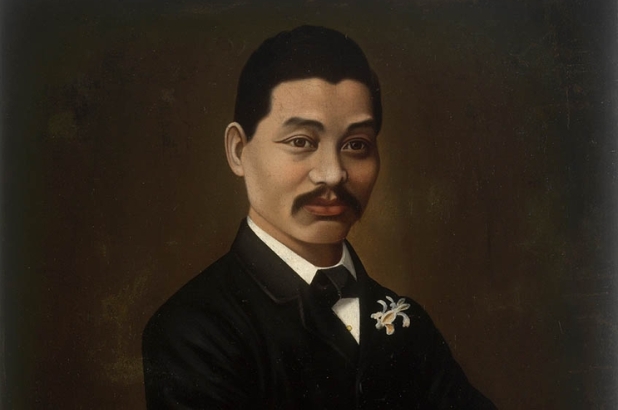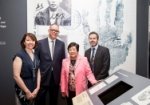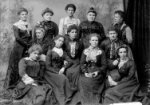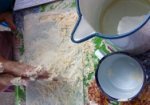This Saturday we’re welcoming in a brand new exhibition at the Museum of Sydney, Celestial City: Sydney’s Chinese story with a host of supporting programs enveloped in the theme. The opening day program starts at 10:30 with the official launch of the Market Garden Project followed by lion dancing, and continues with curator’s floor talks, painting and calligraphy demonstrations. For details see the Sydney Living Museums website. For our dedicated foodie audience, the exhibition gives us an opportunity to recall the importance of the Chinese influence in Sydney society in the late 19th century, both materially and socially. For most of the 19th century China was the primary source of tea and porcelains in the colony, and Chinese immigrants over the past 150 years have made such an enormous contribution to our food and dining culture as market gardeners, cooks and restaurateurs.
Eat your greens!
In readiness for the launch of the exhibition this Saturday March 29, we invited visitors to plant a ‘Chinese market garden’ in the Museum of Sydney forecourt which is now flourishing – so much so that we’ve already had our first harvest! Chinese gardeners have long supplied Sydney’s markets; After the Gold Rushes waned in the late 1850s many Chinese left the goldfields and moved to the urban centers, and many took up market gardening, with great success:
It is well known what marvelous patience Chinamen have, and they bring this quality to bear not only upon the way they cook, but in labour and pains they take to grow provisions, and it is a recognised fact that they are the best gardeners in the colony, their mode of irrigation being better than any other”.
Mrs Beeton’s Book of Household Management, Ch XLIV: “General observations on Australian cookery”. c1880s. Rouse Hill House collection.
At Meroogal the Thorburn sisters employed a Chinese gardener – ‘George’ – for many years. He made several trips back to China, and the household dinner gong and a red fan still at the house are gifts he brought back with him. Miriam Hamilton tells us that after his death George’s cremated remains were taken back to China for burial – one of the few facts about his life that we actually know. In 1997 several market gardens surviving at La Perouse, and which have been worked by generations of the same families, were registered on the NSW State Heritage Register for their importance to the Chinese community and the history and development of landscapes in NSW. You may also know the gardens at Kyeemagh, especially the urban oasis to the east side of West Botany Street. In raised planters on the MOS forecourt you can see a range of vegetables and plants typical of these gardens, both culinary and medicinal, flourishing:
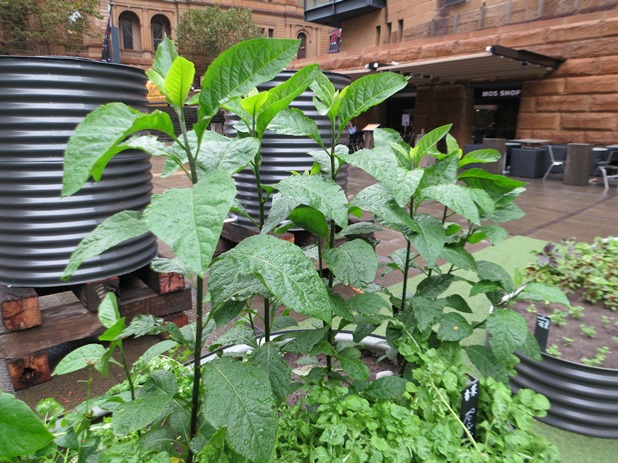
‘South Africa Tree’ growing in a “Chinese market garden” created in the Museum of Sydney forecourt for the Celestial City exhibition. Photo Scott Hill © Sydney Living Museums
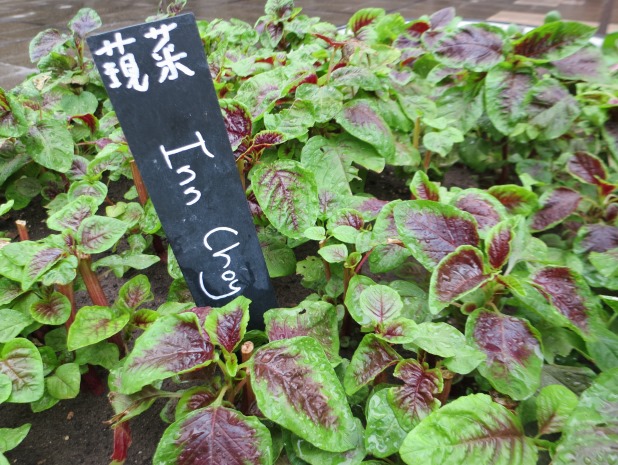
Inn Choy growing in a “Chinese market garden” created in the Museum of Sydney forecourt for the Celestial City exhibition. Photo Scott Hill © Sydney Living Museums
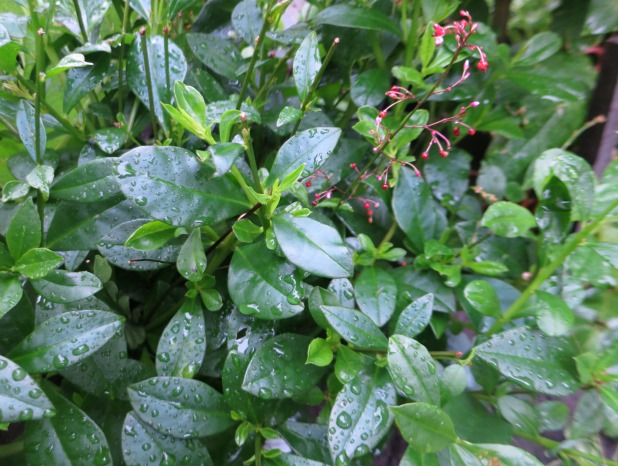
Common Ging Seng growing in a “Chinese market garden” created in the Museum of Sydney forecourt for the Celestial City exhibition. Photo Scott Hill © Sydney Living Museums
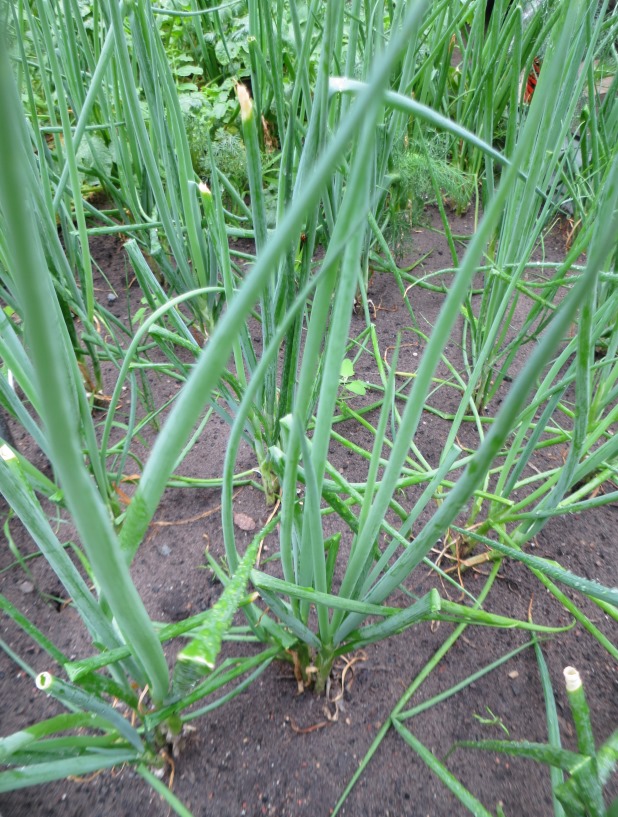
Shallots growing in a “Chinese market garden” created in the Museum of Sydney forecourt for the Celestial City exhibition. Photo Scott Hill © Sydney Living Museums
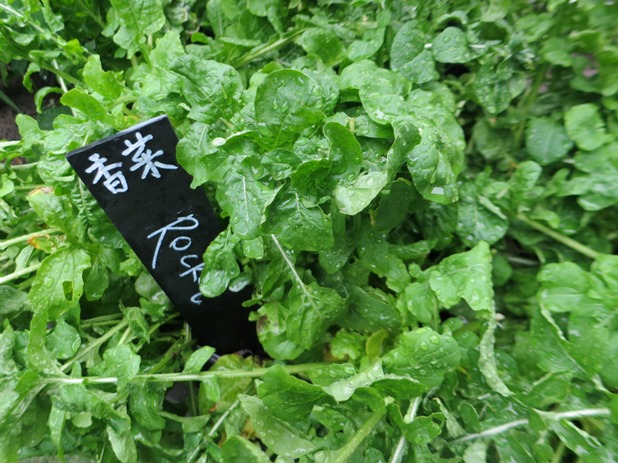
Rocket growing in a “Chinese market garden” created in the Museum of Sydney forecourt for the Celestial City exhibition. Photo Scott Hill © Sydney Living Museums
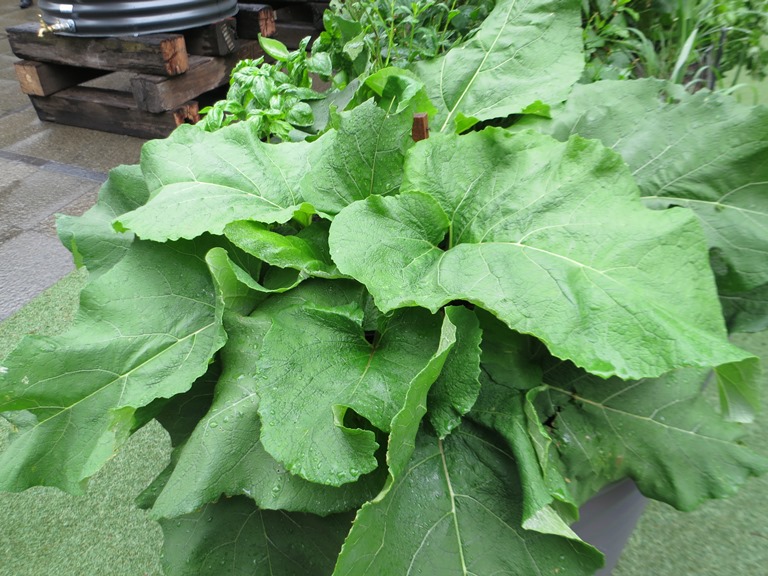
Bull burdock growing in a “Chinese market garden” created in the Museum of Sydney forecourt for the Celestial City exhibition. Photo Scott Hill © Sydney Living Museums
Ladies who lunched
Tearooms offered women of all classes a place to meet, socialise and collaborate on social causes such as the right to vote, temperance, the right for all children to attend a kindergarten and other women’s rights.
We’ll be spending more time on The Cook and the Curator celebrating the amazing Quong Tart, who helped revolutionise the Sydney dining scene in the late 19th century with his famous Tearooms – and serving up “Quong tart scones’. And we’re especially looking forward to the Women of the Chinese Tearooms talk from exhibition curator, Dr Nicola Tefler, on May 17. Nicola will reveal stories of the ‘ladies who lunched’, the social reformers and the waitresses who served them all.
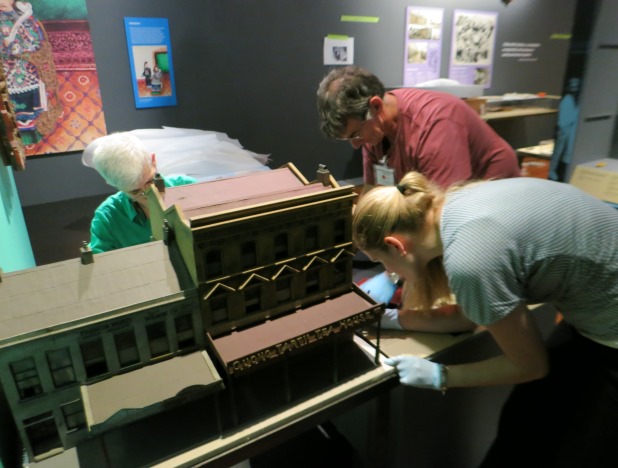
Conservator Vanessa Pitt installing a model of Quong Tart’s tearooms. Photo Scott Hill © Sydney Living Museums
Discover more
Did you know that several Chinese market gardens have been listed on the NSW State Heritage Register? Read more about them here.
Read more about the Chinese history of Sydney at the Dictionary of Sydney. Also read about the history of Sydney’s Chinatown, and its intrinsic relationship to the Haymarket and Chinese market gardeners.
